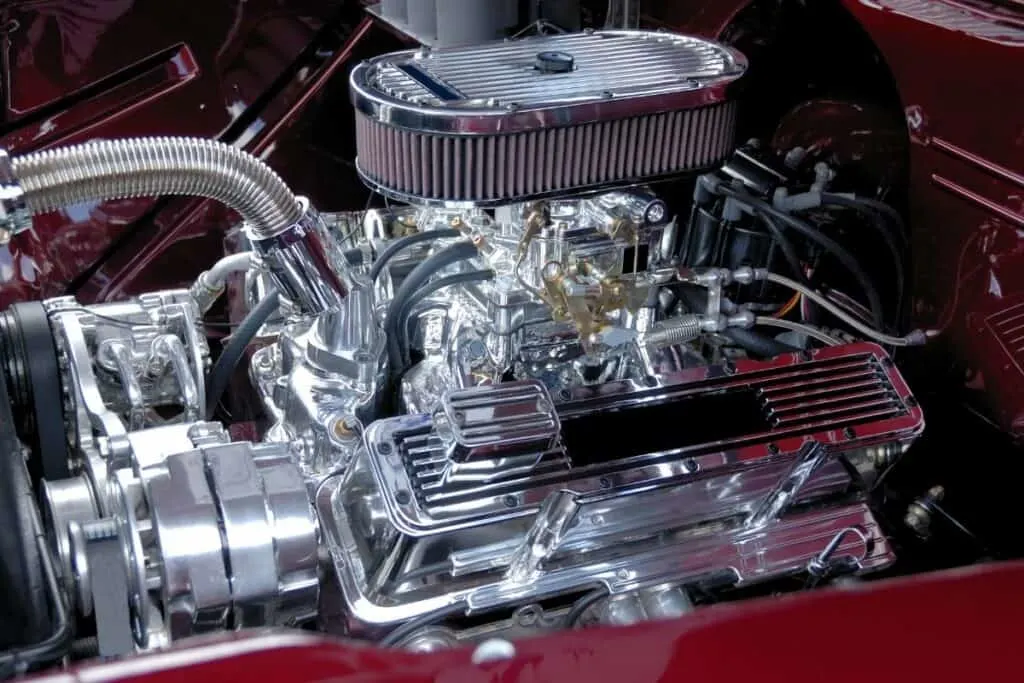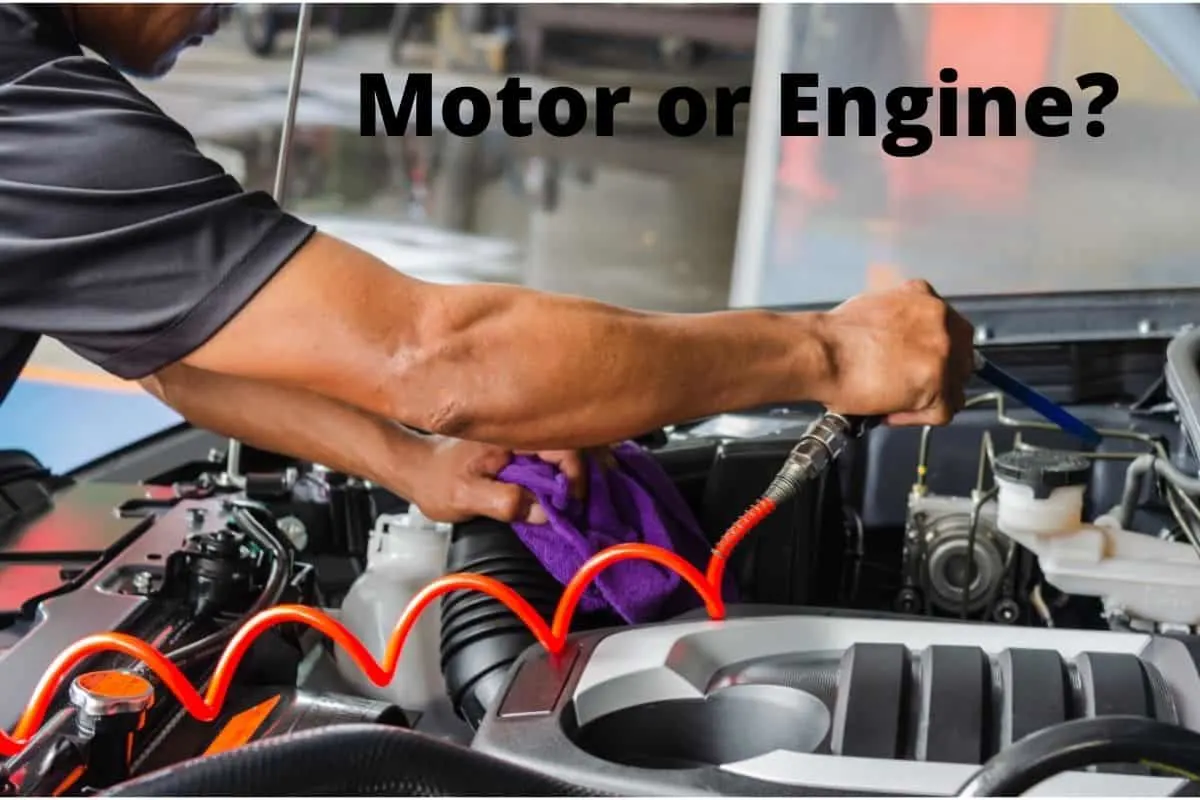You might not realize it, but there’s a difference between a motor and an engine!
Engines produce mechanical energy by converting energy from another source. Typically, that means they’re burning fuel to produce the energy. A motor simply translates stored power into mechanical energy.
In other words, motors don’t produce power. They simply deliver it!
So, most engines have a motor in them. But, not all motors have an engine attached to them.
Still not sure how to differentiate between the two? Then keep reading to learn more!
Is a Car Motor and Engine the Same Thing?
Technically, motors are a subset of engines. As such, all engines could be described as a motor. But, not all motors could be described as an engine.
Generally, a traditional car has an engine inside of it. It burns fuel to generate power. Then, that power is delivered by the driveshaft to turn the wheels.
Most electric vehicles don’t generate power. As such, they don’t have an engine. They’ve just got an electric motor. Their motors deliver power to the wheels without generating it onsite.
What Is a Motor?
Motors deliver mechanical energy to a driveshaft. There are a lot of different types of motors. And, most engines include a motor as part of it.
When you hear about them, people are probably referring to an electric vehicle. Electric motors use energy stored in batteries.
They don’t generate electricity while you’re driving. Or, they don’t generate enough of it to keep you driving.
A lot of electric vehicles use regenerative braking and alternators to generate electricity. They create some electricity whenever you’re braking. And, they create some of it from the driveshaft’s motion.
But, the motor isn’t designed to produce energy as its primary purpose. It’s mainly meant to deliver energy to the car’s wheels.
An electric motor converts stored electrical energy into mechanical energy. That’s what makes the wheels turn.
Most internal-combustion engines also include a motor. That’s the part of the engine that converts thermal energy into mechanical energy.
What Is an Engine?
Engines produce energy as their primary purpose. You’ve probably seen a ton of them throughout your life. Pretty much every car on the road has an engine today. The only ones that don’t would be electric vehicles.
An internal combustion engine generates power by igniting fuel. Igniting fuel generates thermal energy. That’s the main point of an engine.
However, just igniting fuel won’t get you moving. You’ve got to convert the thermal energy into mechanical energy. Otherwise, you’ll just produce a whole lot of heat.
That’s where the motor comes into the picture. After igniting fuel, the motor transforms thermal energy into mechanical energy. In turn, the mechanical energy rotates the driveshaft. That’s what actually moves the wheels on your car.
There are many different types of engines. The most common would be the internal combustion engine. These power most modern vehicles.
However, rocket engines are also relatively common. You can find them on jets and rockets. They don’t actually generate mechanical energy. Instead, they use thermal energy to generate the propulsion. As such, these engines don’t have a motor.

Can a Car Have an Engine and a Motor?
Most internal-combustion engines also include a motor. However, not all motors have an attached engine.
If you’re driving an electric car, you probably don’t have an engine.
More than likely, you plug up the car to charge its batteries. That means the energy is being generated somewhere else. It’s not being created inside of the vehicle.
The electric motor transforms stored energy from the batteries into mechanical energy. This mechanical energy actually moves you along the road.
A traditional car usually has both of them. The engine is what produces the energy. And, its motor delivers the energy to your wheels.
What’s the Difference Between a Motor and an Engine?
Motors and engines are crucial to the modern world. Without them, we’d have to do everything by hand. A lot of people use the words interchangeably. But, that’s not correct.
An engine generates power. There are many different types of engines. But, most of them convert chemical energy into thermal energy. They do this by igniting some sort of fuel. Most of the time, they’re burning gasoline to produce thermal energy.
Gasoline stores a ton of energy in its chemical bonds. However, we can’t access that energy without igniting it.
Motors convert energy into mechanical energy. Most engines have motors that convert thermal energy into mechanical energy. However, some motors convert electrical energy into mechanical energy.
